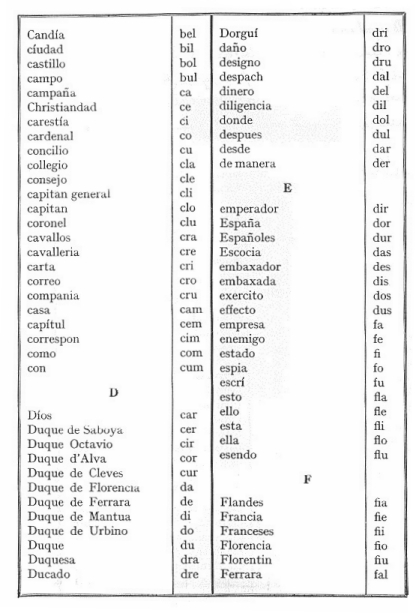

Fgrab zbrush Pc#
At the university, I learned the 3ds Max fundamentals, but mostly I learned 3D from YouTube, Polycount, etc.įrom my graduation until now, I have been trying myself in the browser, mobile, and PC games as an environment, hard surface, and a bit of character artist. Also, at that time, I was fascinated by games and was interested in how they were made. During my university education, I stuck to architecture, furniture design, and 3D art in general. Since my childhood, I have been involved in different kinds of art. I’ve been working in games for almost 10 years. I’m currently working at FRAGLAB as Senior Environment Artist. I want to say thank you to the brave Armed Forces of Ukraine that defend our country day and night and make our work possible.

The Ukrainian gaming industry, like other industries, is working hard to fill the country's economy and support our army to bring our victory closer. It’s even hard to think about your work sometimes, but here is the modern reality, and we adapt to it. During constant air raids and infinite shocking news, it is very hard to be focused and productive. This artwork was created during the war, which was not easy. obj UVs, automatic creation of colour ID maps and bump maps, and a ton of other little things that bug the day-to-day ZBrush user.Hi there! My name is Sergii Zlobin, I’m from Kyiv, Ukraine. It includes things like framing selected SubTools, automatically going to a mesh’s lowest or highest subdivision level, toggling dynamic subdivision, automatic flipping of. There are 36 functions available from the one menu panel, covering a variety of useful shortcuts and helpers.

Here’s another collection of useful scripts, this time from creature artist Eric Blondin. ZScripts – Eric Blondin (opens in new tab) ZSceneManager runs as a separate app so the window has to hover over the top of ZBrush, but there’s a ton of useful functionality here for power users. It also employs a traditional shift-multiple-select system, unlike the willfully eccentric SubTools menu.
Fgrab zbrush pro#
There’s a bunch of options accessible via a right-click menu, although export/GoZ selected SubTools and user-definable commands are limited to the Pro version. In short, it provides a dedicated window in which you can see all your SubTools, hide/show selected elements, enable/disable Polypaint, access subdivision levels, and loads more.
Fgrab zbrush free#
Cue ZSceneManager – available in a feature-limited free version and a ‘Pro’ version for $29. If you’re sculpting huge models with loads of separate elements, it doesn’t take long for ZBrush’s meagre SubTools menu to be become overloaded, which makes keeping track of everything a real chore. With other tools for handling brush settings, masking, global subdivision and more, this pack is well worth installing. The main highlights include tools to help you load and save specific projects and ZTools to and from a user-defined ZStartup directory a SubTool batch-renaming scheme options for setting SubTool visibility and a clever system for adding subdivision levels to a high-res model that doesn’t have any.
Fgrab zbrush plus#
The collection contains ten tools, plus nine miscellaneous scripts, all accessed from one menu panel. NicksTools ZBrush plugin (opens in new tab)Īrtist Nick Miller has put together this collection of tools and scripts to automate some of ZBrush’s workflow and add a few new features. Once the 2.5D terrain image is completed to your liking, the ‘Make 3D’ button grabs the height map and generates a displaced plane, which you can then sculpt as normal or export into another app for texturing and rendering. It operates within ZBrush’s 2.5D workspace, with brushes to add hills and valleys, terraces and rivers, plus filters to carve different types of erosion into the landscape. This brand new plugin – also by from Ignacio Cabrera Peña (currently only available for Windows ) – offers a set of tools for creating realistic terrain.


 0 kommentar(er)
0 kommentar(er)
